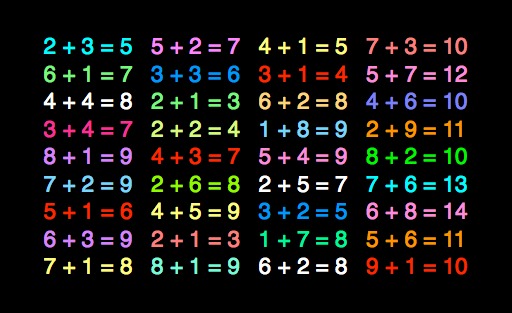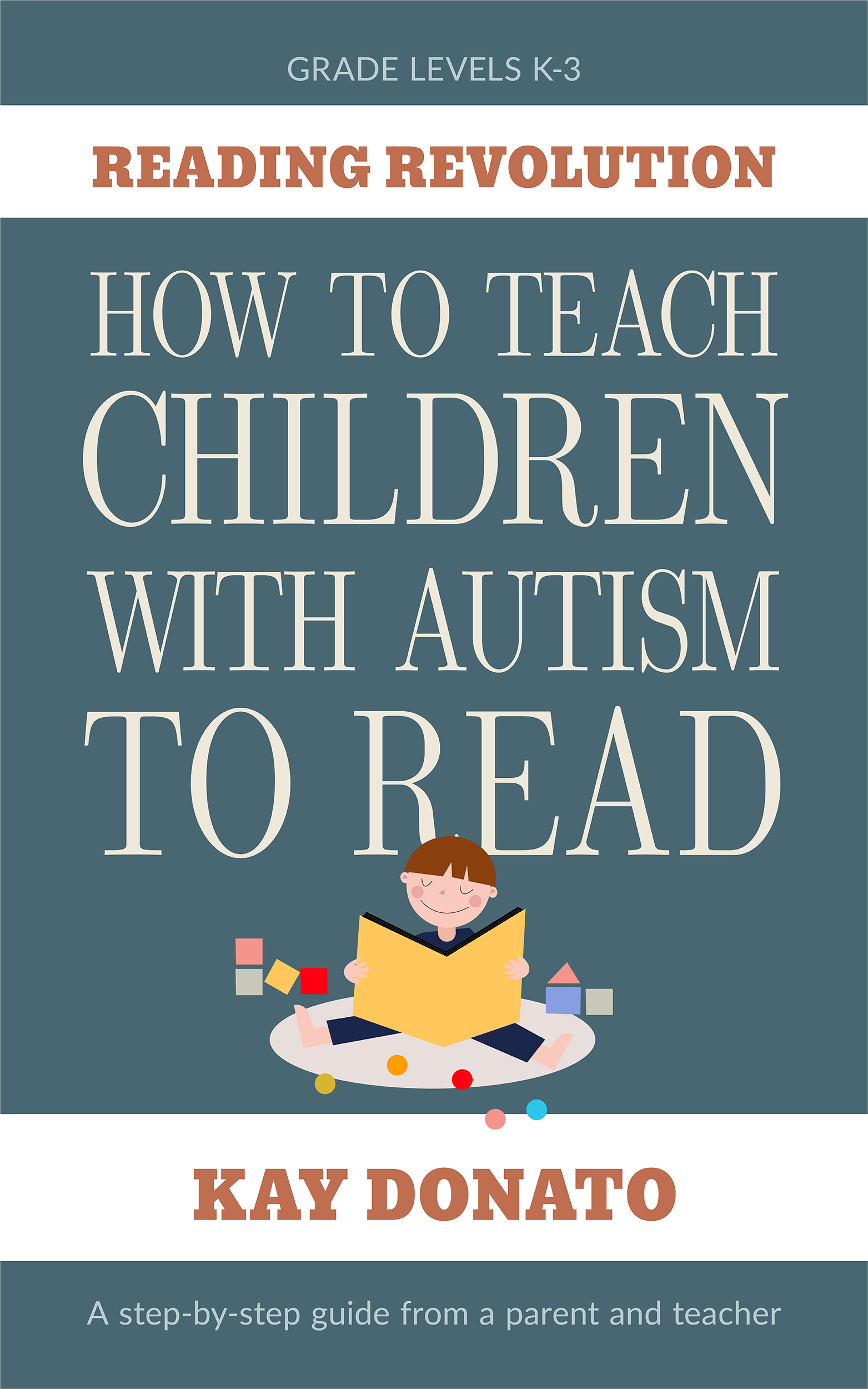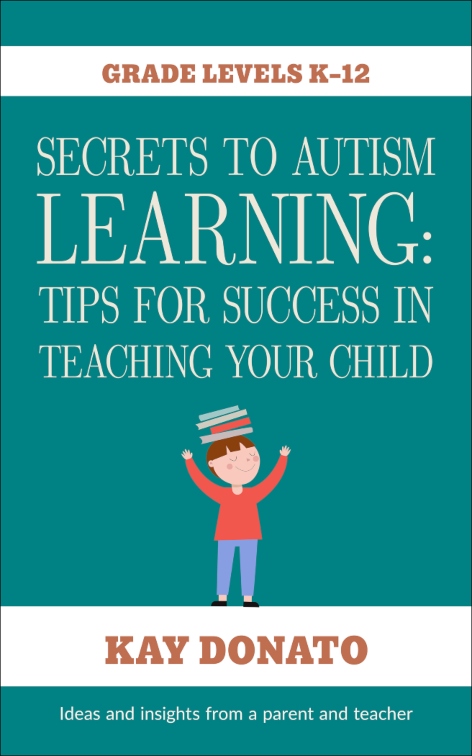Teach Your Child With Autism Math Facts
Do you need help learning how to teach your child with autism math facts? In this article, I'll share with you how I taught my son the addition facts. The same method could be applied to subtraction, multiplication, and division facts.
As you know, many children with autism probably won’t be able to sit down
with a list of addition or multiplication facts and memorize them on their own.
Our kids need a good bit of extra help, and I’ll show you what worked for us.
First of all, I must point out that I used a variety of techniques to help my son remember these concepts. We began with concrete examples as I explain below.

Start With Concrete Examples
Before attempting to teach children with autism math facts, it's important to begin by showing them what these equations mean.
You could start by simply having them memorize addition facts. But the problem is that many children with autism will see the symbols and not know what the equations mean. Abstract concepts such as numerals can be hard for them to understand.
One study among others shows that concrete examples help children with autism understand abstract concepts.
Concrete examples can take many forms, such as blocks, beads, tokens, pieces of food, or even small toys. You can use these materials to count out equations so they can see that two blocks plus three blocks equals five blocks.
We also used an abacus for this purpose. I highly recommend an abacus since it is a tool designed for giving your child a visual example of a math problem.
This article gives you a step by step procedure for modeling an equation using an abacus or other concrete examples such as blocks or beads. If you haven't seen it or if you need a refresher, you can find it here.
Once I was confident that my son understood what the written equations stood for, it was time to help him memorize them.
How I Taught My Son With Autism Math Facts
I followed this simple procedure successfully to teach my son with autism math facts (addition), and I must say, it worked quite well for him. So well, in fact, that I plan to do this for subtraction, multiplication and division facts as well.
- Call out in consecutive order each equation in the zero series. That is, 0+0=0, 0+1=1, all the way to 0+10=10. As you call out each equation, have them write each one down (or have them type them on the computer).
- Repeat step 1 every day. Eventually start leaving out the answers to see if they know them.
- Now mix up the order and call them out that way. 0+5= , 0+2= , etc. Give help as needed.
- Also supplement with other activities for review such as flash cards.
- Repeat steps 1 through 4 for the one series: 1+0=1, 1+1=2, all the way to 1+10=11.
- Repeat steps 1 through 4 for the two series, three series, etc. until they have learned the ten series.
- (Optional) If you wish, you can also teach them the eleven and twelve series. It certainly can’t hurt, and it may be very helpful.

Teach Them in Order First
I found that first teaching the equations in consecutive order was helpful for my son. It presented the task in an organized fashion for him.
But soon he became too dependent on that ordering of the equations. Take a look at the sequence below:
2+0=2
2+1=3
2+2=4
2+3=5
2+4=6
2+5=7
2+6=8
2+7=9
2+8=10
2+9=11
2+10=12
Predictably, he soon figured out that the answers were in consecutive order. All he had to do was know how to count, and he would have all the right answers.
Of course, that’s not what we wanted. He needed to know these equations regardless of the order in which they were presented. So we had to mix up the order.
Mixing up the equations did throw him off at first. But with a lot of patience and review, he learned them quite well.
Although your child may have different needs, I believe that most children with autism need that orderly presentation at first. It gives them an organized, better understanding of the math facts.
But once they learn them in that order, I would suggest mixing them up to be sure they know them regardless of the order in which you present them.
Use Music to Review Equations
The video above is part 1 of an addition facts series. The Jack Hartmann Kids Music Channel on YouTube also features parts 2 and 3, which cover addition facts all the way through the tens.
Using music for memorization is a proven, effective method for learning many things. Music makes learning just about anything easier. For example, the tune from the alphabet song is commonly used to help kids learn their letters.
As I’ve
stated earlier, it’s helpful to find different ways to reinforce these concepts.
Flash cards are also very helpful, and I highly recommend using them as well. Here I explain how I used flash cards to teach my son with autism math facts and other basic concepts.
What's Next?
Once my son learned his basic addition facts, I started teaching him
double-digit addition, which involved some unique challenges for a person with
autism.
Once I move on to subtraction, I plan to go back to showing him the equations on the abacus. I want to be sure he understands what these equations mean. I also plan to do the same when we start learning multiplication and later on, division.
Teaching children with autism math facts can take a lot of time, patience and effort. But if we keep working at it, even for a few minutes every day, I think they will surprise us with what they can do.



New! Comments
Have your say about what you just read! Leave me a comment in the box below.